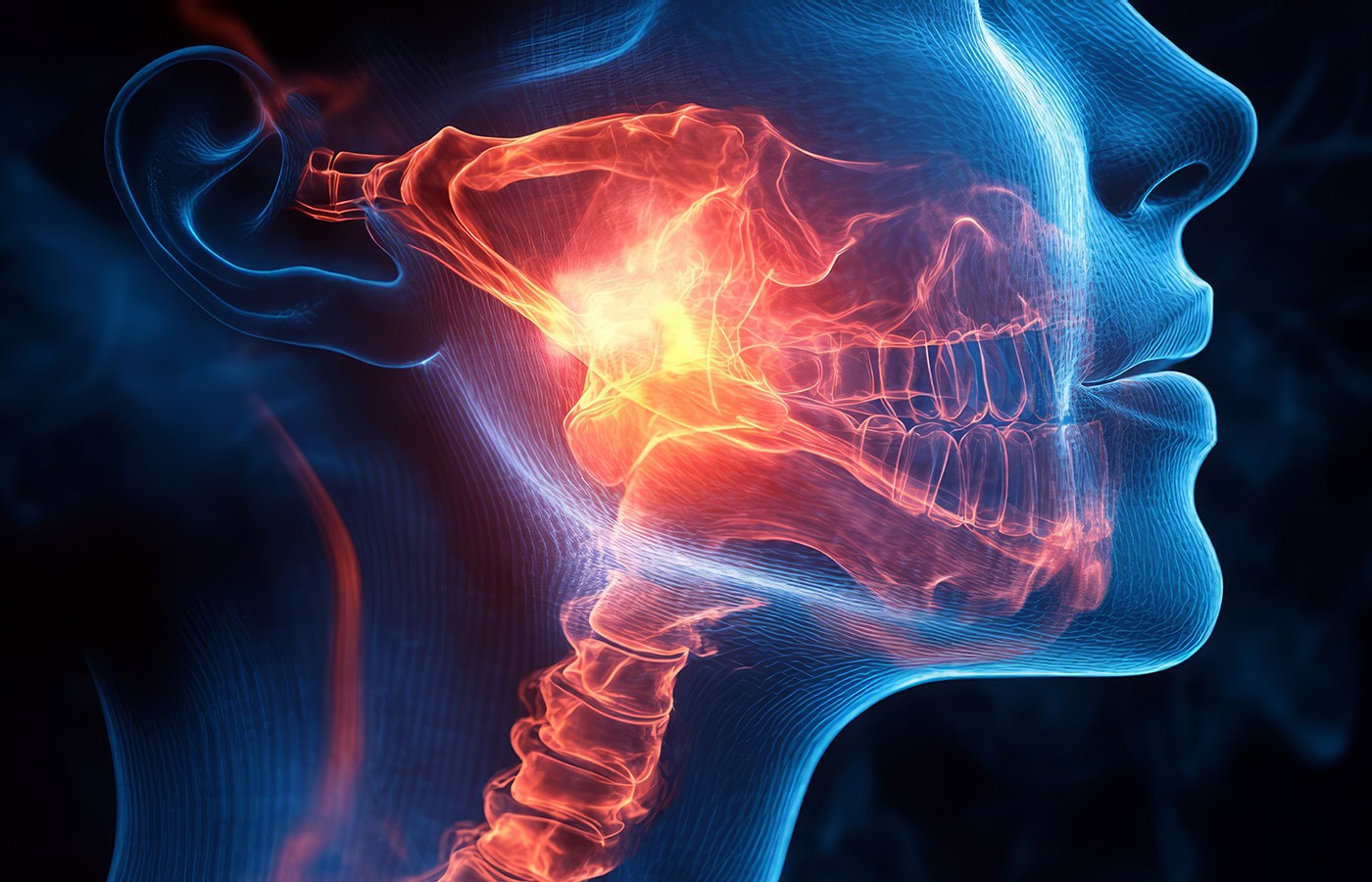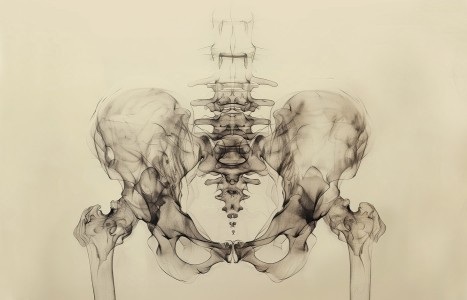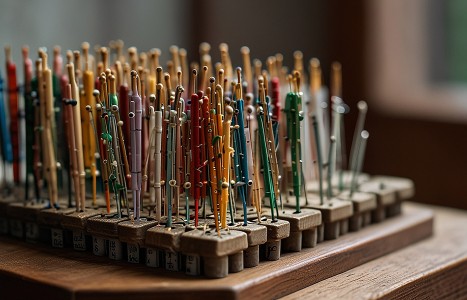People today want convenience, whether it be from their bank, credit card, favorite retail store, or restaurant. They demand it from the companies who hold their loyalty, including their health care providers (you). They don’t want to call and possibly be put on hold, and they want to use an app or schedule an appointment on your website. Here are three reasons your practice can gain by switching to online appointment scheduling.
Treat TMDs Using Scalp Acupuncture, Facial Motor Points, & Submuscular Needling (Pt. 2)
- Clinical outcomes show that scalp acupuncture is highly effective in treating neuromuscular facial conditions, including TMJ, Bell’s palsy, and facial paralysis.
- Needling motor points helps restore balance in hypertonic (overactive) or imbalanced muscles commonly associated with TMJ disorders.
- Submuscular needling is a particularly effective approach for patients suffering from long-standing TMJ disorders.
TMJ disorders are complex and often multifactorial, requiring an integrative strategy to address the structural, neurological, and muscular components. By combining scalp acupuncture, facial motor points, and submuscular needling, practitioners can provide imediate symptom relief while addressing underlying imbalances.
1. Scalp Acupuncture
Scalp acupuncture (Figure 3) is a modern technique that stimulates specific areas of the brain to influence motor and sensory functions, making it an effective treatment for TMJ disorders. The treatment focuses on key brain areas associated with facial movement and pain reduction. The motor area is targeted to improve movement and reduce muscle spasticity, while the sensory area is stimulated to alleviate pain and abnormal sensations, such as numbness or tingling in the jaw and face.
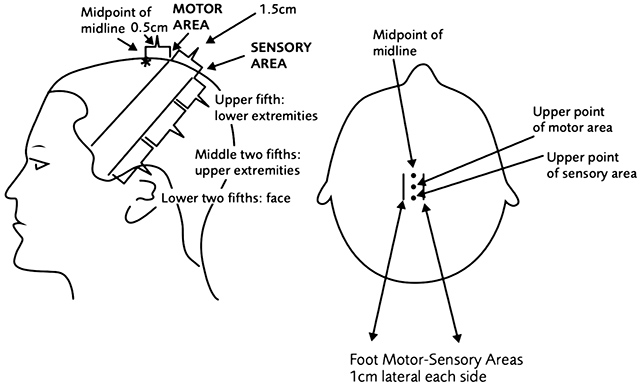
The technique involves inserting needles into the loose connective tissue layer of the scalp, guided by anatomical landmarks such as the glabella and occipital protuberance. The needles are retained for 20-30 minutes and gently stimulated to enhance their effectiveness.
Clinical outcomes show that scalp acupuncture is highly effective in treating neuromuscular facial conditions, including TMJ, Bell’s palsy, and facial paralysis. By targeting central neurological pathways, this method provides a powerful and precise approach to managing TMJ-related symptoms.
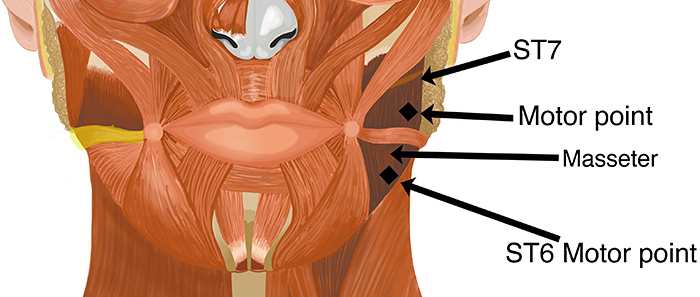
2. Facial Motor-Point Therapy
Motor points are the most excitable areas of muscles, where nerves are easily accessible for stimulation. Needling these points helps restore balance in hypertonic (overactive) or imbalanced muscles commonly associated with TMJ disorders. Key motor points include the masseter (ST 6 and ST 7), which alleviates jaw pain and tightness, and the temporalis, which reduces tension and improves jaw mobility.
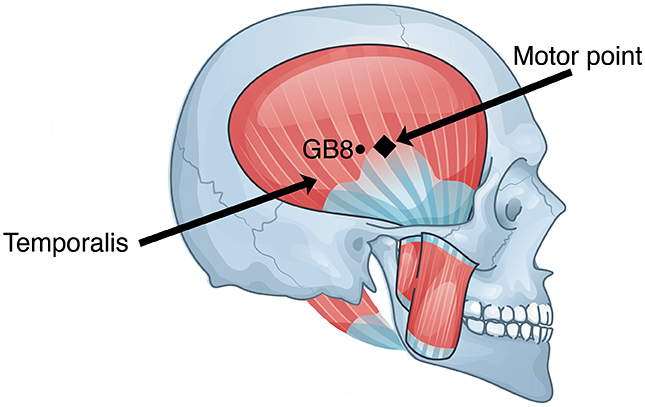
The technique involves inserting needles directly at the motor points with gentle stimulation to achieve the desired effects. Careful attention to the needle’s depth and angle is essential to ensure precision and avoid nerve damage. Practitioners should also screen patients for contraindications such as facial nerve disorders, anticoagulant use, or neuropathy, as proper training and safety protocols are crucial for effective and safe needling. (Figures 4 and 5)
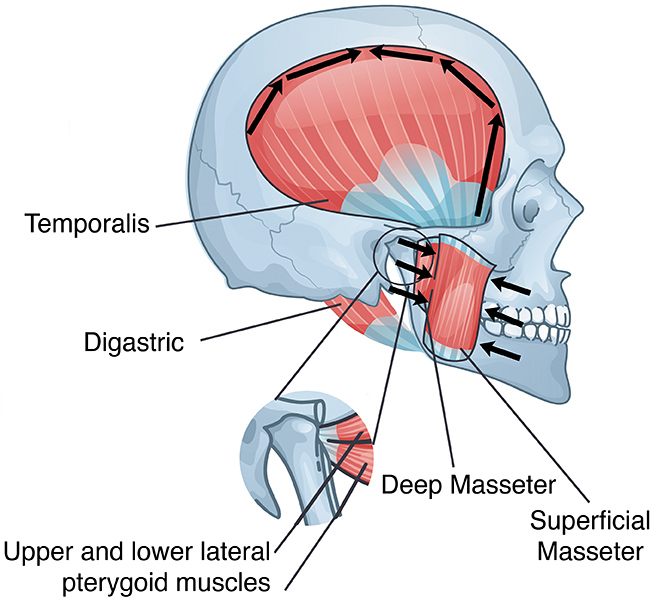
3. Submuscular Needling
Submuscular needling (Figure 6) is a specialized technique designed to target the deeper layers of muscle, addressing chronic tension, adhesions, and restricted mobility. This approach is particularly effective for patients suffering from long-standing TMJ disorders. Key muscles treated with submuscular needling include the masseter, which helps relieve deep-seated tension and enhances overall jaw function, and the temporalis, which is instrumental in reducing headaches and alleviating localized tightness.
The technique involves carefully inserting needles along the origin and insertion points of the muscle to stimulate relaxation and improve blood circulation. While submuscular needling may cause temporary soreness for some patients, it is highly effective in providing long-term relief and restoring functional mobility in the affected areas. By addressing these deep muscular imbalances, practitioners can significantly improve patient outcomes for TMJ disorders.
Integrating Adjunct Modalities
Additional therapies can complement the primary treatments for TMJ dysfunction:
- Ear Acupuncture: Points such as Shen Men, TMJ, and the lower jaw provide pain relief and relaxation.
- Gua Sha and Cupping: These modalities can reduce inflammation and improve circulation in the jaw and surrounding areas.
- Stress Management: Techniques such as mindfulness and breathing exercises help reduce bruxism and tension associated with stress.
A comprehensive TMJ treatment session typically begins with a thorough intake and assessment, with the practitioner collecting a detailed patient history to identify contributing factors to the condition. The session may include scalp acupuncture, which is used to reduce pain and improve motor function by targeting specific neurological pathways. Facial motor points and submuscular needling are then applied to release tension and address muscle imbalances in the affected areas.
Adjunct therapies such as ear acupuncture, gua sha, or cupping are often incorporated to enhance the overall effectiveness of the treatment. Finally, the practitioner provides aftercare recommendations, including advice on managing stress and avoiding factors that could aggravate the condition. This comprehensive approach ensures both immediate relief and long-term improvement for the patient.
Take-Home Points
Treating TMJ disorders with scalp acupuncture, facial motor points, and submuscular needling demonstrates the versatility of TCM in addressing modern health challenges. This integrative approach not only relieves pain and dysfunction, but also restores balance and improves quality of life.
For acupuncturists, mastering these techniques expands their toolkit, allowing them to provide comprehensive care for complex conditions like TMJ disorders. With proper training and adherence to safety protocols, practitioners can offer significant and lasting relief to their patients.
Author’s Note: This article is largely excerpted from my book, Treating the Face: A Comprehensive Guide for Acupuncturists and Health Professionals. All images come from the book.
